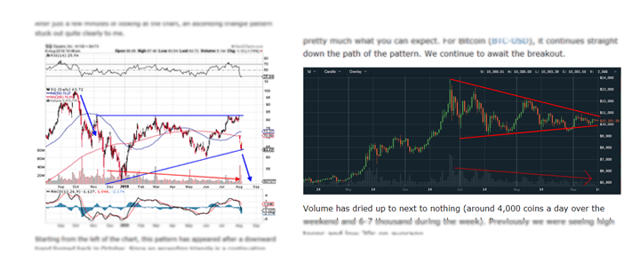There has been a lot of publicity recently concerning material building and also the different materials from which it is made. "Artificial" materials made from petroleum feed-stocks have been panned as not lasting. There has been development in making these type of textiles from bio-based oil by-product raw material, but not much is being done readily.
"Organic" cotton has actually gotten a lot of press also, but the integral issues in producing cotton stay. The long warm expanding season, the massive quantity of water needed for the crop, and the susceptability to a variety of parasites and also illness call for a lot of intervention by the farmer, whether with herbicides and also chemicals or equivalent amounts of organic alternatives.
A few other "rapid revival" fabric items are presently on options & ideas the market such as bamboo, abaca, linen, as well as fabric made from various other yards. Their quick growth means they take in a large amount of carbon in the atmosphere swiftly, yet especially when it comes to bamboo, the poisonous chemicals required to divide the fiber from the other plant material prior to it can be woven, is problematic.
There is one rapidly expanding all-natural item that offers itself nicely for fabric that is eco-friendly from a growing and also processing perspective. The item is mostly expanded in Eastern Europe and Asia where subsistence ranches make it a cash crop. I am speaking of hemp-a fiber that has been grown by individuals since ancient times for its fiber, oil, medical top qualities, and as a base for soaps, lotions, creams as well as hair shampoos.
Yearly, an acre of land will create as much fiber as 2-3 acres of cotton. The fiber is stronger and also softer than cotton, lasts twice as long in use, and also will certainly not mold.
Historically most hemp fiber was used for cordage (ropes) and also the lots of strange names for marine ropes stem from the various specific fiber blends and also toughness for details on board ship uses.
Hemp expands in a much wider climate range than cotton and also is frost tolerant. Along with the fiber for materials, hemp can be utilized for paper, cardboard, a plastic alternative as well as even as fuel (think bio-diesel).
A hemp plant can be harvested in 120 days and needs no poisonous chemicals to launch the fiber from the pulp. Hemp fiber is launched mechanically by heavy steam and equipment.
It is stressful that hemp has actually been illegal to grow in the United States since the 1930's, as well as made even stricter concerning a decade back. Its relative, cannabis, has virtually indistinguishable fallen leave as well as stem structure, yet Cannabis Hemp (Indian hemp) does not have the THC content that makes marijuana such a social problem.
The majority of countries in the EU, plus Canada and Australia, enable commercial hemp to be grown. In Eastern Europe and also Asia, hemp has actually constantly been a valid plant that restores the soil and also doesn't require pricey herbicides and also chemicals. Nonetheless, commercial hemp is legal for import and sale in the United States, yet unlawful to expand as a residential crop.
This state of events indicates that American consumers can gain from the environment-friendly nature of the product, when used in their clothing or furnishings, as well as are supporting primarily third world farming efforts to be self-sustaining and also enhancing their standard of living.
A hemp crop can be gathered in 120 days and needs no hazardous chemicals to launch the fiber from the pulp. Hemp fiber is released mechanically by heavy steam and machinery.

A lot of countries in the EU, plus Canada as well as Australia, enable industrial hemp to be expanded. Industrial hemp is lawful for import as well as sale in the US, yet unlawful to grow as a domestic plant.